-
(714) 957-6642
-
Dr. Eugene Lee
675 Paularino Ave, Ste 7
Costa Mesa, CA 92626 -
Please contact office for an appointment
Mon. – Fri.:
9:00am – 6:00pmSat. – Sun.:
Closed
(714) 957-6642
Dr. Eugene Lee
675 Paularino Ave, Ste 7
Costa Mesa, CA 92626
Please contact office for an appointment
Mon. – Fri.:
9:00am – 6:00pm
Sat. – Sun.:
Closed

When spinal vertebrae and pelvis are out of alignment, it has effect on muscle, ligament, tendon and nerve. If the misalignment is not corrected and the nerve impulse from the brain is interrupted, our body can not function properly at our peak performance level. By utilizing the hands or an instrument, an adjustment can correct these misalignment and putting a vertebrate back into the correct position. You may hear a sound of “cavitation”-release of gas such as oxygen and nitrogen like cracking your knuckles. Sometimes, Dr. Lee uses the Activator. The Activator is an instrument which is hand-held, spring loaded, manual tool that provides a low-force impulse. While the patient is lying face down on the adjustment table, Dr. Lee adjusts the spine (sometimes extremities joints) after evaluating leg length. It is considered as “gentle” technique.
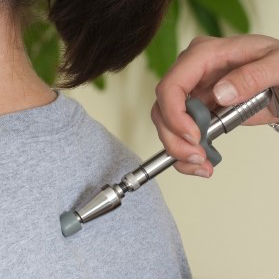



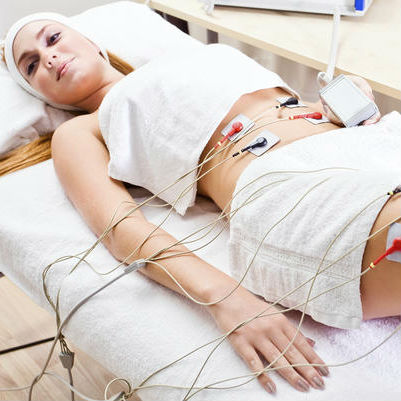

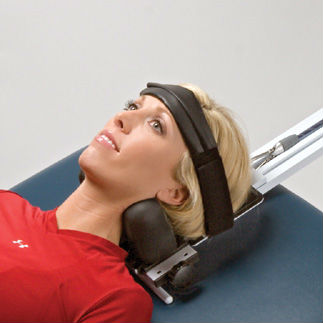

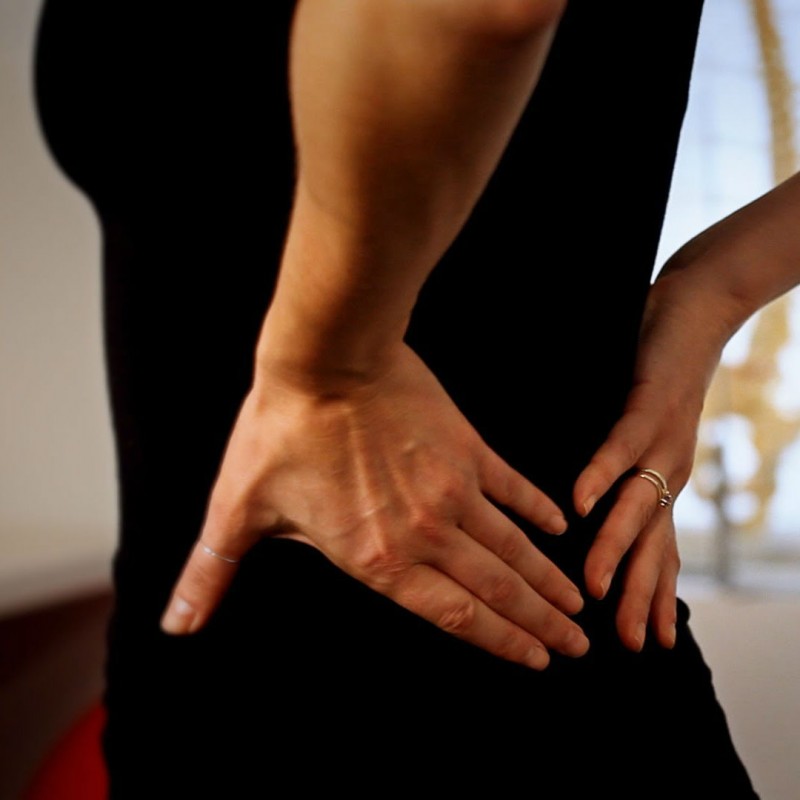
The McKenzie Protocol was developed in the 1960s by Robin McKenzie, a physical therapist in the New Zealand. In his practice, he noted that extending the spine could provide significant pain relief to certain patients and allow them to return to their normal daily activities. “Centralization” of the pain by moving it away from the extremities (leg or arm) to the center of the spine. The goal of McKenzie protocol is:
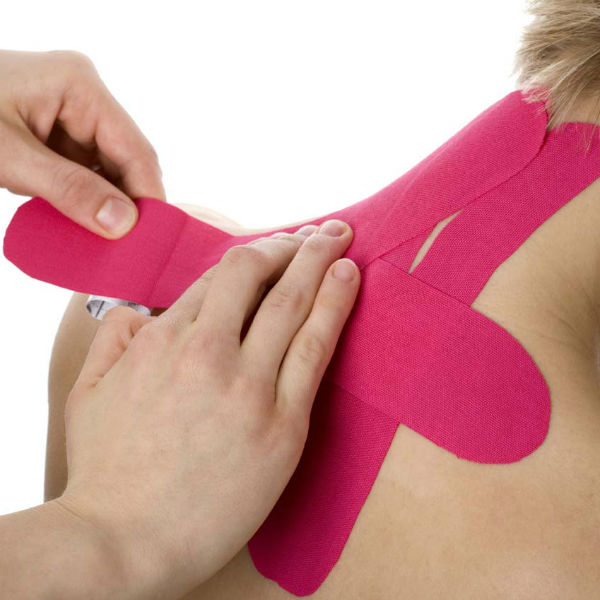
There are 5 current Connective Techniques: mechanical, fascia, space, ligament / tendon, functional and lymphatic. After a careful and thorough evaluation, it will be determined which type of taping is the correct application for the patient.
You may have seen the athletes with kinetic-taping during the 2008 Beijing Olympic game on television. Since the tape was functional taping, the tape was designed to be kept on the injured area during the competition to give not only a support, stability and comfort but also it was a form of treatment to prevent / reduce further injury or swelling of the area.